Offshore oil platforms are extraction facilities operating up to 2,450 meters below sea level. From the North Sea to the Sea of Okhotsk, from the Gulf of Mexico to the Brazilian coasts, these structures play a significant role in global energy production. Troll A in Norway rises 472 meters from the seabed, while Berkut in Russia supports 200,000 tonnes of structure weight against Arctic conditions. Each installation adapts to specific constraints based on its location. Hibernia off Newfoundland has withstood iceberg impacts since 1997, whereas Thunder Horse in the Gulf of Mexico produces 250,000 barrels daily at nearly 2000 meters depth. In Brazil, Petrobras' P-51 operates at 1800 meters below water, and the Ekofisk complex in the North Sea comprises 30 interconnected platforms. These examples demonstrate the diversity of technologies used for oil and gas extraction in various marine environments.
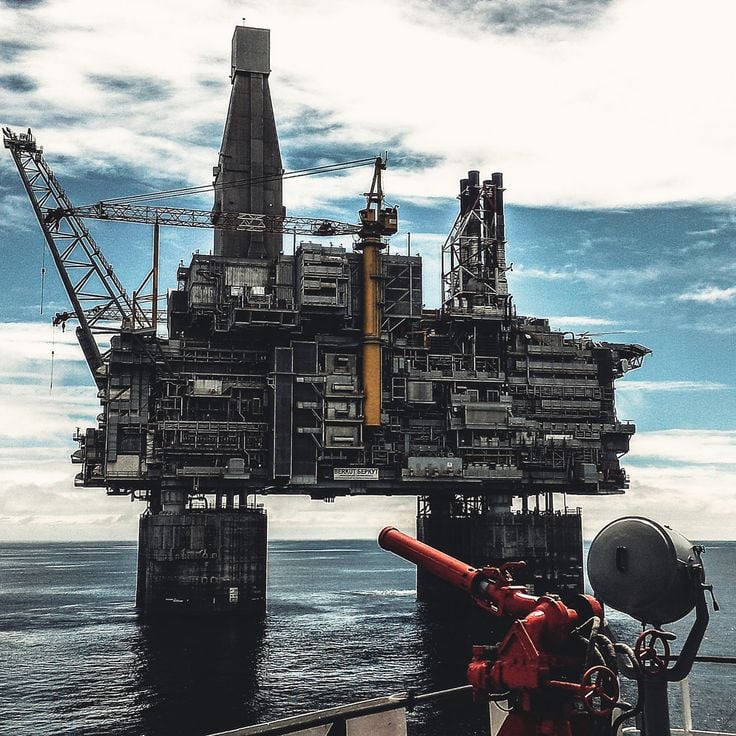
Sakhalin, Russia
The Berkut Platform weighs 200000 tons and extracts oil from the Arkutun-Dagi field in the Sea of Okhotsk. This offshore installation was designed to operate under extreme weather conditions and ranks among the heaviest drilling platforms in the world.
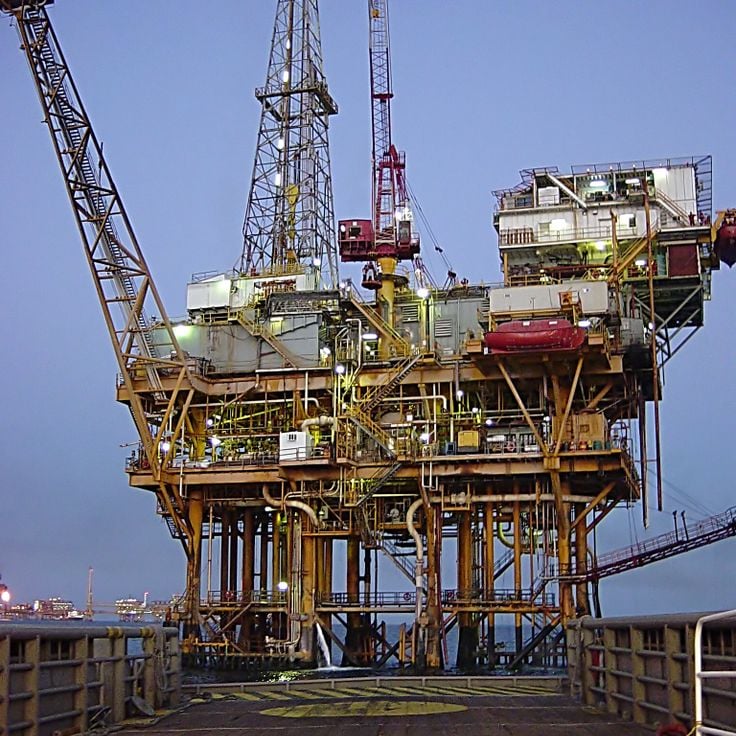
Newfoundland and Labrador, Canada
The Hibernia Platform has been extracting oil from the Jeanne d'Arc Basin off the coast of Newfoundland since 1997. This facility features a massive concrete base that sits on the ocean floor and serves as protection against iceberg collisions. The platform combines a gravity-based foundation with integrated oil storage capacity and can hold approximately 1.3 million barrels.
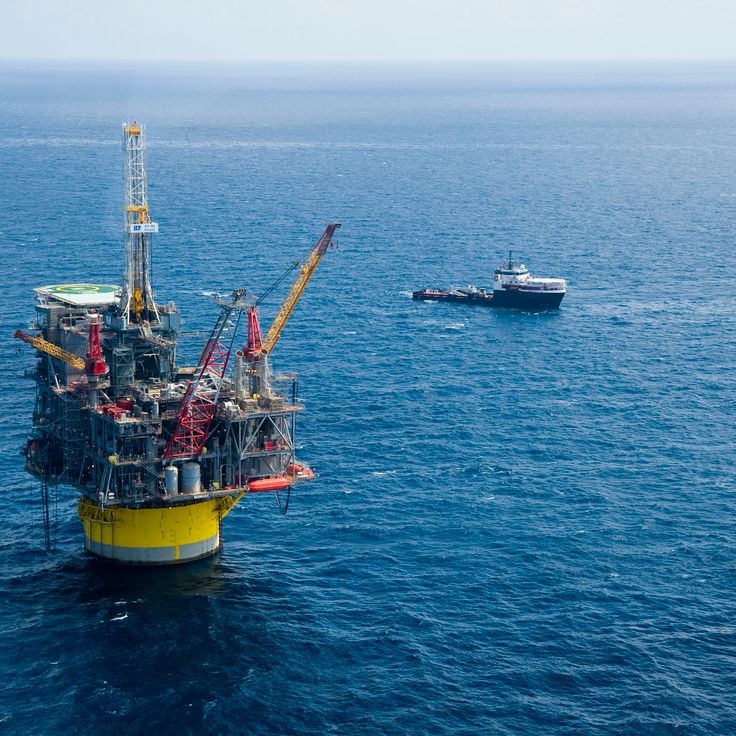
Texas, United States
The Perdido Spar is an oil production platform located in the Gulf of Mexico, operating at a water depth of 2450 meters. This facility was designed for extreme deepwater extraction and can produce up to 100000 barrels of oil and 200 million cubic feet of natural gas daily. The platform taps into several oil fields in this region.
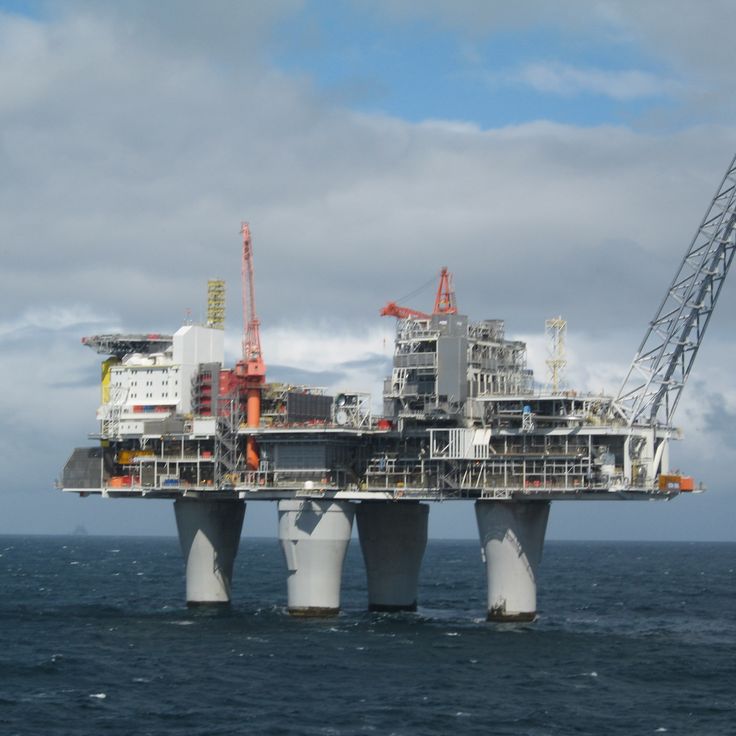
North Sea, Norway
The Troll A Platform measures 472 meters from base to top and stands in 303 meters of water depth in the North Sea. This Norwegian gas extraction facility was commissioned in 1995 and ranks among the tallest structures ever moved by humans.

Rio de Janeiro, Brazil
The Petrobras P-51 is a semi-submersible platform operating in the Campos Basin off the coast of Rio de Janeiro. This facility extracts crude oil from a water depth of 1800 meters and has a processing capacity of 180,000 barrels per day. The platform belongs to the Brazilian oil company Petrobras and contributes to the development of deepwater reserves in the South Atlantic.
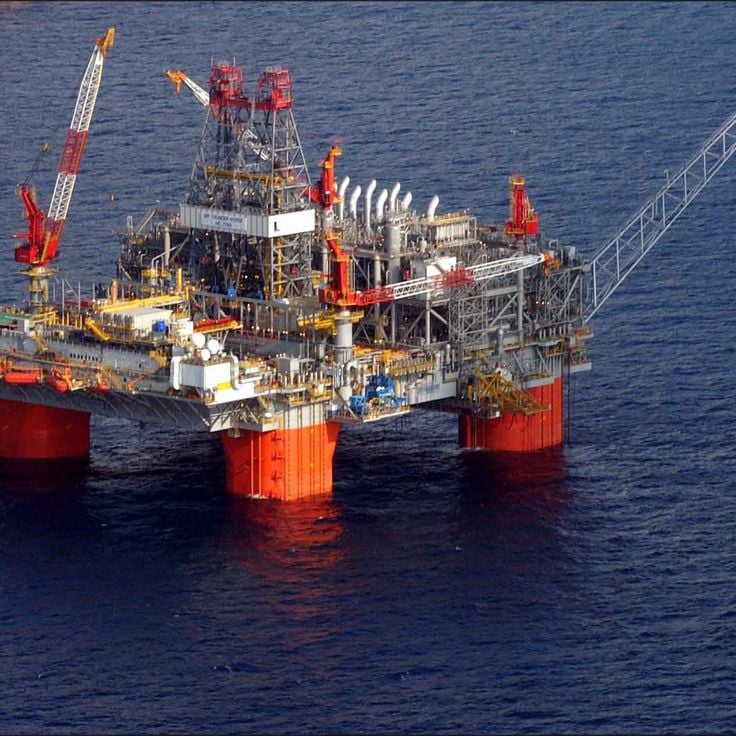
Mississippi Canyon, United States
Thunder Horse PDQ is an offshore platform located in the Gulf of Mexico, extracting 250,000 barrels of crude oil daily. The facility operates subsea production systems positioned at a depth of 1,920 meters below sea level. Thunder Horse PDQ ranks among the largest oil production installations in United States waters and processes petroleum from multiple deepwater wells.
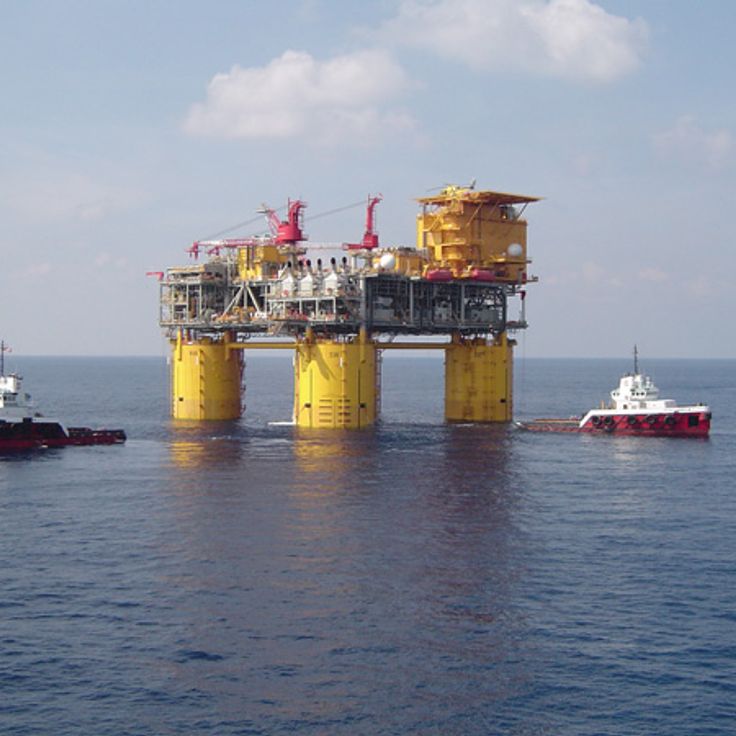
Gulf of Mexico, United States
The Magnolia TLP is a tension leg platform installed in 1,432 meters of water depth in the Gulf of Mexico. The platform uses vertical steel tendons to maintain stable anchorage to the seabed while allowing flexibility during wave movements.
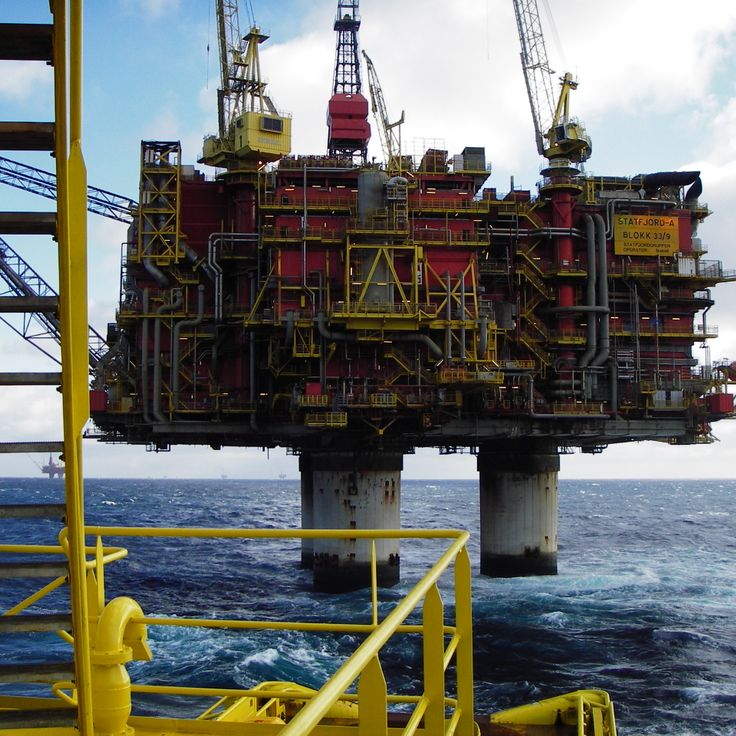
North Sea, Norway
The Statfjord A platform has been extracting oil and gas from the Statfjord field since 1979 at a water depth of 145 meters and features a storage capacity of 25,000 cubic meters for crude oil.
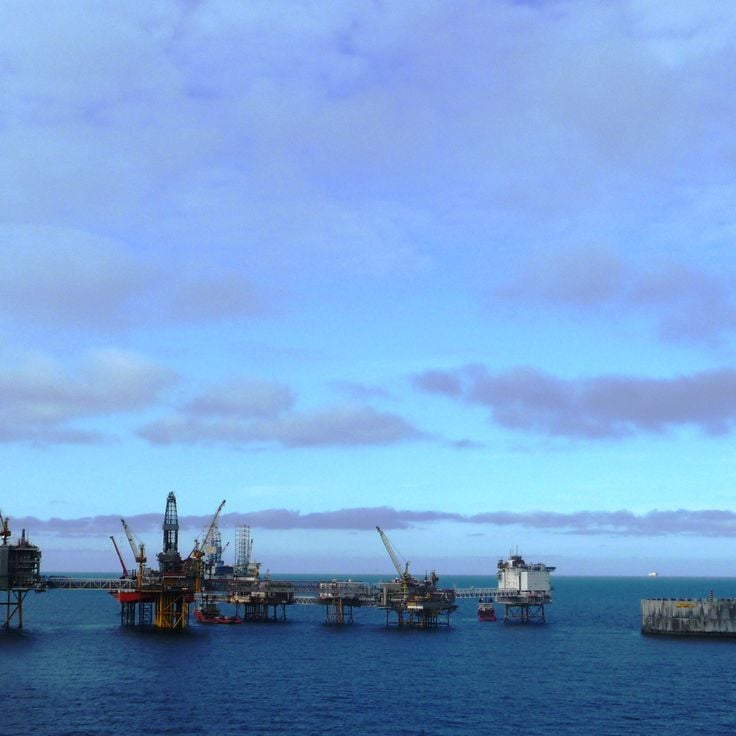
North Sea, Norway
The Ekofisk Oil Field Complex comprises 30 interconnected platforms dedicated to oil and gas extraction. These installations operate with a daily production capacity of 350000 barrels and are located at approximately 300 meters depth in the Norwegian sector of the North Sea.
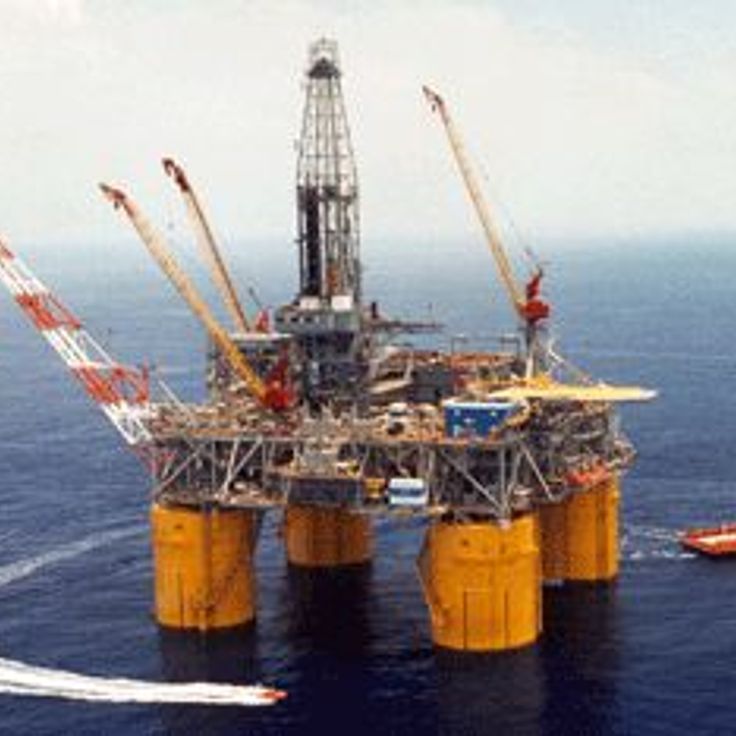
Gulf of Mexico, United States
Mars TLP is located in the Gulf of Mexico and operates at a water depth of 900 meters. This platform reaches drilling depths of 1000 meters below the seabed and extracts 100000 barrels of crude oil daily from the subsea reservoirs.
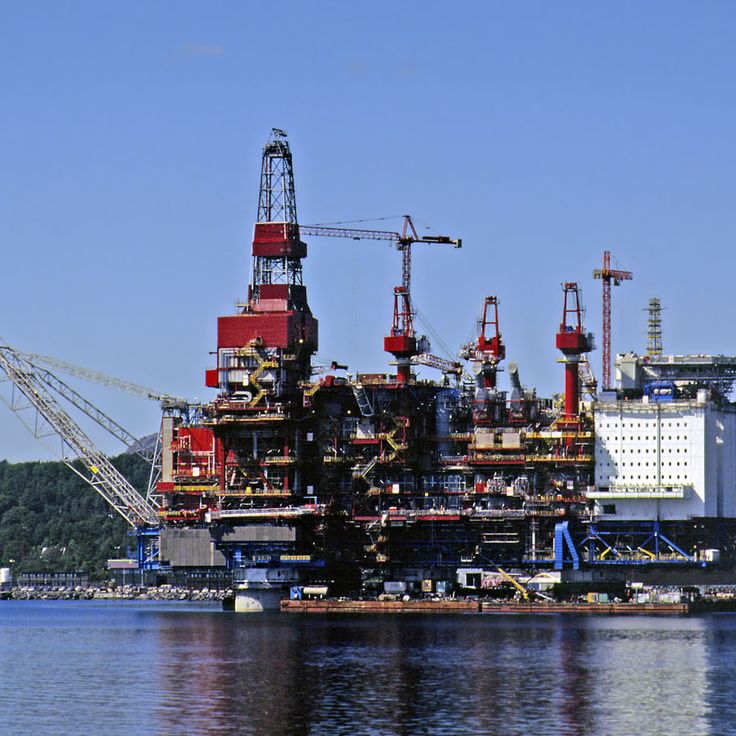
North Sea, Norway
The Gullfaks C platform is made of concrete and features 40 drilling slots. It began operations in 1989 and extracts 220000 barrels of crude oil daily from the Norwegian sector of the North Sea. This installation represents one of the larger production units in the Gullfaks field.
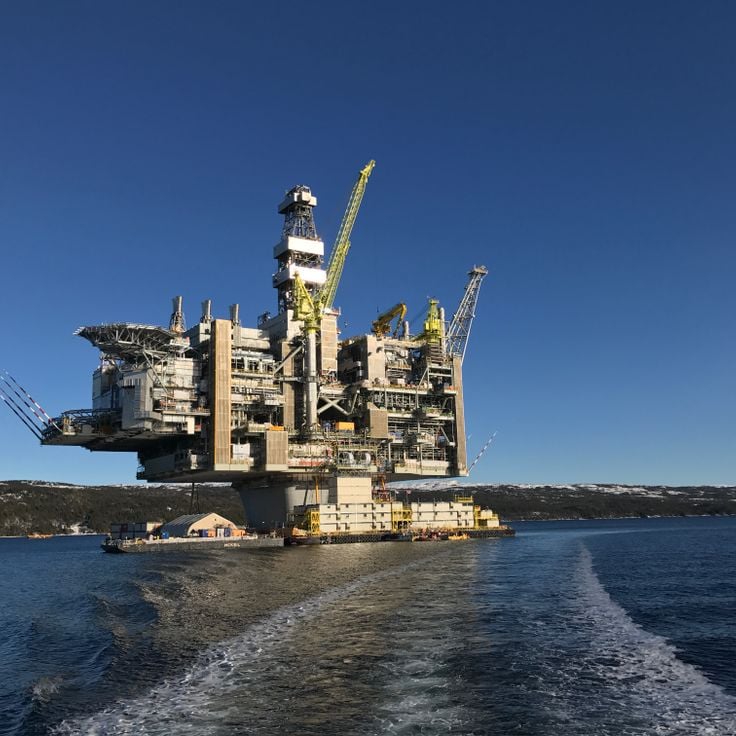
Newfoundland and Labrador, Canada
The Hebron Platform is a 180-meter concrete structure weighing 750,000 tons that extracts 150,000 barrels of crude oil daily from the Jeanne d'Arc Basin and has been operating off the coast of Newfoundland since 2017.
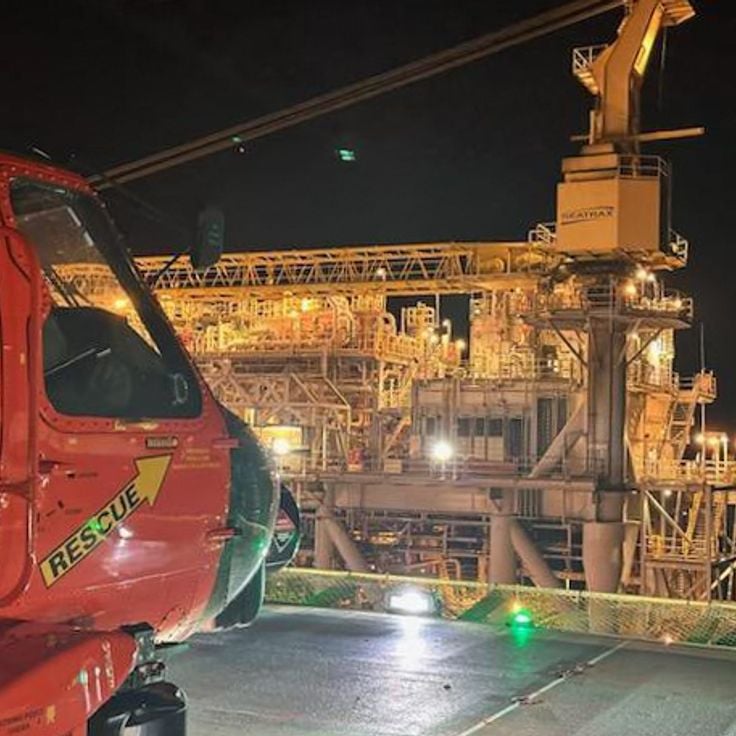
Gulf of Mexico, United States
The Atlantis PQ platform extracts 200,000 barrels of crude oil daily from reservoirs located at 2,100 meters water depth in the Gulf of Mexico. This offshore installation ranks among the largest production facilities in the region and employs advanced drilling technologies for deepwater extraction.